On-line sexual exploitation of youngsters is a severe and rising downside—fueled partially by the rise of social media—and one which educators are properly positioned to assist fight, say consultants.
One in 5 youngsters obtain an undesirable sexual solicitation on-line yearly, in keeping with the U.S. Division of Homeland Safety. To assist faculties in countering this troubling development within the new faculty yr, the federal company has launched free assets for educators to be taught each the best way to spot potential victims and the best way to discuss to college students about staying protected on-line.
This system is in response to educators asking federal officers for extra assets, stated Homeland Safety Secretary Alejandro Mayorkas in an interview with Training Week.
As a result of children spend a lot time at school, DHS sees educators as taking part in an necessary function in protecting children protected from on-line exploitation, Mayorkas stated.
Lecturers and college workers have the “capability to watch over time and see patterns of [kids’] habits and anomalies in these patterns,” he stated. “They’re able of belief. And they’re able to do one thing about it.”
DHS defines on-line little one sexual exploitation and abuse as prison acts by perpetrators—strangers or folks the sufferer is aware of—that exploit minors for sexual gratification or private or monetary achieve.

It’s very important that educators are conscious of the issue because it continues to develop, Mayorkas stated.
“Now we have the omnipresence of the social [media] instruments, we have now the expansion within the variety of exploiters, and we have now rising vulnerability of the kids to it,” he stated. “In my opinion, the expansion in the usage of social media has not been accompanied by an development in digital literacy, and that chasm results in vulnerability.”
DHS’s Know2Protect program launched in April, however it’s now getting up to date with supplies particularly for educators. The assets embrace coaching movies for educators on the best way to establish if a pupil is the sufferer of on-line sexual exploitation, printable posters to show in lecture rooms and hallways, actions for all ages of scholars to do in school to learn to keep protected on-line, and academic handouts to ship dwelling to households.
Colleges also can guide free digital or in-person trainings for college students with brokers from Homeland Safety Investigations and the U.S. Secret Service.
Are faculties ready to deal with this rising downside?
Analysis exhibits school-based prevention education schemes instructing college students about well being and security—whether or not it’s bullying or drug prevention—are very efficient, stated David Finkelhor, a sociologist who directs the Crimes In opposition to Youngsters Analysis Heart on the College of New Hampshire.
Finkelhor recommends that faculties join on-line exploitation training to different prevention applications.
“Security and well being all depend on sure core abilities and capacities that youngsters want,” he stated. “They embrace the best way to make choices and have logic, the best way to empathize with folks, the best way to handle your individual feelings, the best way to search assist, the best way to extricate your self from conditions the place you suppose one thing goes unsuitable.”
However in contrast to bullying or drug use, lots of the basic ideas college students must study on-line sexual exploitation could also be off limits of their faculty.
“We don’t know the way profitable these applications might be with out complete intercourse training,” Finkelhor stated.
When sex- and gender-related matters aren’t taught in faculties, children flip to the web to be taught extra, Finkelhor stated, and that may cause them to unsafe areas on-line. That’s very true for teenagers who’re questioning their sexual orientation or gender.
“These are children who’re notably weak to being victimized as a result of they oftentimes don’t have a chance to speak about these issues with those who they know, and so they log on and that’s the place they run into individuals who will exploit them,” he stated.
The opposite roadblock to implementing any program meant to teach and establish victims of on-line sexual exploitation is bandwidth, stated Noelle Ellerson Ng, the affiliate government director for AASA, the College Superintendents Affiliation.
It’s true that educators are completely located to assist establish potential victims as adults who spend their days with children and are mandated reporters—people who find themselves required by legislation to report suspected abuse.
However any effort to include prevention training at school schedules or educate academics and different faculty workers on the best way to establish on-line exploitation victims runs into a bigger debate over what faculties’ roles are, stated Ng.
“Any single day or single faculty yr is a finite period of time,” she stated. “How a lot of that little one’s Okay-12 expertise needs to be direct instruction? How a lot of that little one’s Okay-12 expertise ought to academics be out of classroom to get coaching? These are actual time alternative prices that we have now to debate. On the identical time, counting on faculties to do instruction solely misses a lot that must be performed. You will have inherent societal shortfalls that districts are properly positioned to assist help.”
